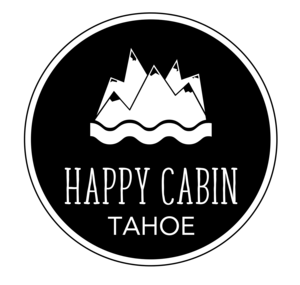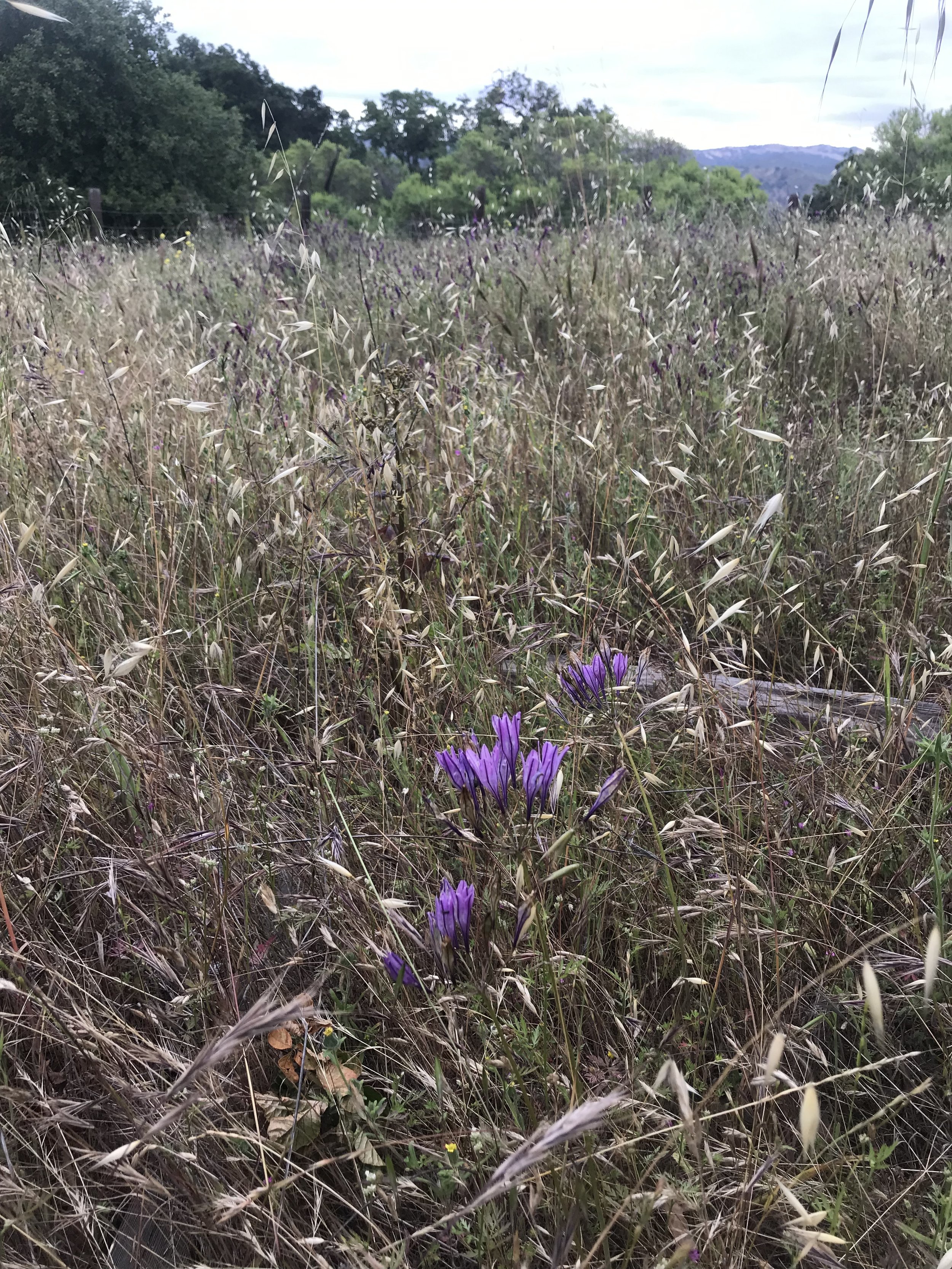LOGUE CABIN: A Travelogue: Clamming with Three Generations in Tomales Bay
Another Happy Cabin: Inverness “treehouse” overlooking Tomales Bay
I grew up clamming. Piling into the car with a gang of kids, garden tools, rain gear, buckets, and multiple generations of adults telling the clamming equivalent of “big fish” stories was a regular thing. My childhood friends and their families got dragged along too. My Dad is always looking for a few good men and women who don’t mind getting wet, dirty and tired looking for the clamming equivalent of gold—small clams, including littlenccks, manilas, and cockles. The prize clams are small enough to be tender (not chewy) but not so small they fall through the “clam ring.” Hunting for clams is like hunting for treasure. It requires a journey, discomfort, hard work, and a lot of faith that all the effort will turn up gold.
Grandpa & Anaya, making their way home after an evening of clamming
Clamming tides come with the full moon, ebbing and flowing from a very low tide to a very high tide (a “King tide”). At the lowest tide, we’d tromp out onto the exposed reef at Bolinas, armed with diamond-shaped hoes. We’d fan out into the tidepools, looking for the perfect place to hunt for clams, a determination that feels more mystical than rationale. Clams burrow beneath the rocks, but not too deep. After pushing the rocks away, you dig down about six inches, all the while scanning for the precious clams my Mom favors steamed with a white wine bourdelaise. Along the way, you find the other creatures that make their home in tidepools—starfish, sand castle worms, hermit crabs, sea anemone, muscles, barnacles, urchins and the occasional small fish or eel. As a child, I was more interested in looking at the critters in the tidepools than doing the hard work to find clams. With the adults absorbed in gold digging, we kids had all the time in the world to explore the reef and get as wet and dirty as possible. Heaven.
Yesterday, we took my girls (Anaya (10) and Maris (4)) clamming for the first time. My Mom rented a house in Inverness, a small town on Tomales Bay in West Marin. Unfortunately, there aren’t enough clams left in Bolinas to make the traditional pilgrimage, so my Dad has been looking for new spots. Tomales Bay delivered. The house was a hill hugger with a mid-century-modern vibe, hand fired tiles, exposed wood beams, expansive skylights, and tree-framed views of the bay from a wall of windows in the open living room. The current owners’ parents built the house as a vacation home in 1980. They bought the lot for a few thousand dollars back in the day and then designed their dream home, a rambling cabin with multiple lofts, a deep bathtub, and an old-fashioned wood stove. It’s a mix of dated carpets, worn futons, VHS tapes, and oddly stylish details like brass faucets and custom walls of windows to capture the treehouse views. The girls immediately pick out loft beds in a snug little space that opens to the living area and entry. While the kids arrange their clothes and toys just so, the adults snack off the coolers full of food my Mom packed for our weekend getaway, fortifying themselves for the hard work to come.
Tule Elk in Point Reyes National Seashore
The tide won’t be low enough for clamming until about 4 p.m., so we tool around Inverness for a while, explore the Point Reyes National Seashore, hike to McClures Beach, and marvel at the herds of Tule Elk grazing along the road. At Fog’s Kitchen in Inverness we snack on brussels sprout tacos, clam chowder, and oysters before setting out with our hoes and buckets to Heart’s Desire Beach in Tomales Bay State Park, just as the tide hits its lowest point.
As the tide inches lower, the moon rises higher. The bay is glassy under a sky streaked with rain clouds and patches of moonlight. There’s a chill in the air, but it isn’t cold exactly, just crisp. A few families play on the beach, wondering what we’re up to as we hike out with the retreating tide, decked out in rain gear. My Dad explains, showing onlookers the basic method, patiently answering questions. As we march out onto the reef, searching for the perfect spots to dig, the girls have all kinds of questions too. Where do I dig? How do I find a clam? Will it hurt me? They quickly get the hang of it. Dig, sift, rinse, bucket, repeat.
Anaya, Maris, Grandpa and Grandma dig for “gold” at Heart’s Desire Beach in West Marin
As I remember it, each adult digs their own hole, with the kids running around, supervising and exclaiming about things, before wandering away to play. My kids prove to be much more industrious than I’d been. Anaya surprises me with her focused foraging, quickly bucketing 15 clams of her own. Maris peers in all the buckets, commenting on the collective progress and making sure everyone is doing their share. We get lucky, harvesting over 125 clams between us in less than an hour out of only a few shallow holes. As the sun dips below the horizon and the moon breaks through the clouds, we pile back in the car for the short drive back to our Inverness treehouse. We sip wine at a large dining table overlooking the bay splashed with moonlight. We play cards. We go to sleep early, pleasantly tired, slightly aching from all the digging, dreaming of clams.
Later this week, my Mom will prepare the feast—steamed clams, garlic bread, and a simple salad. Just the way she’s been making it for decades. Just the way my grandma and her sisters made it, and their mother before them. I wonder if my kids will like steamed clams? If they will appreciate the connection between their full moon labor and the food on their plates? Maybe not, but I have no doubt they’ll remember this quality time with their grandparents, muddy on the seashore, clamming beneath a rising full moon.














Food traditions abound on New Year’s Day. We look at global traditions, while sharing a few traditions of our own.